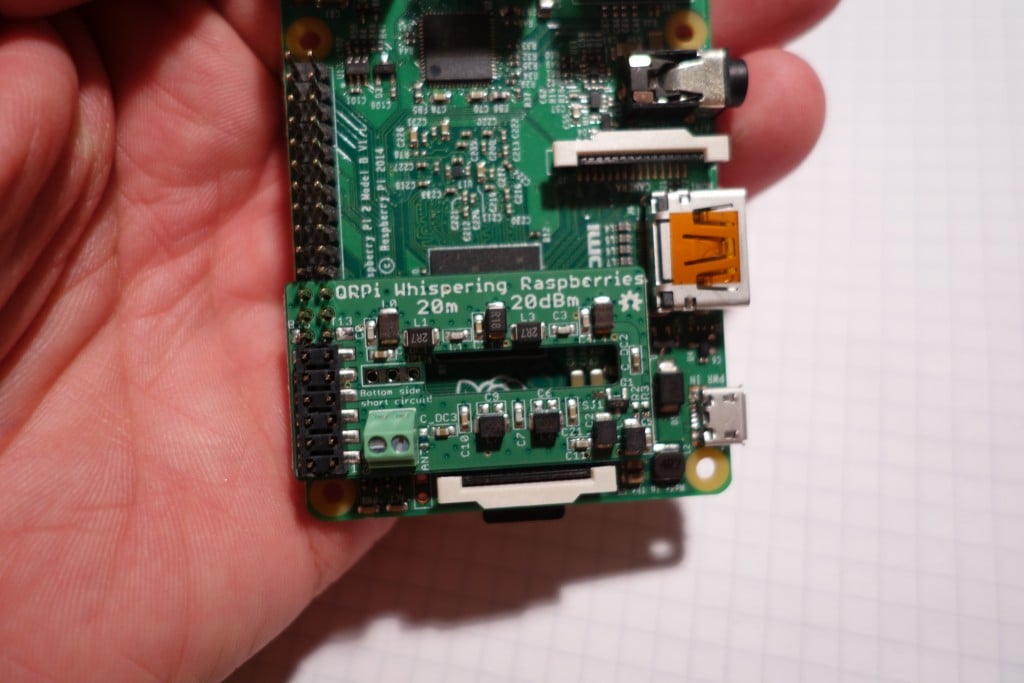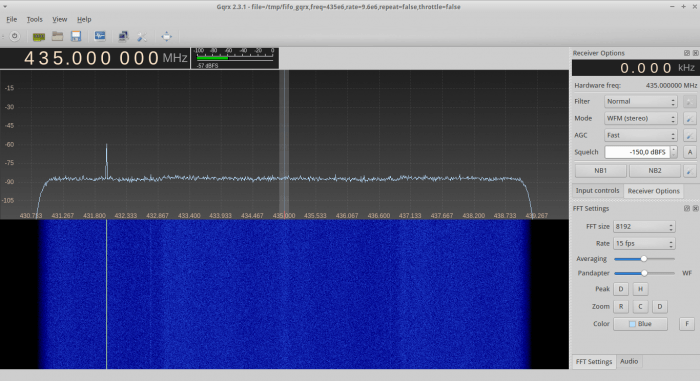Some more SDR and RF related talks from Defcon 23. See our previous posts [1][2] for other talks that we posted previously.
Colby Moore – Spread Spectrum Satcom Hacking
Recently there have been several highly publicized talks about satellite hacking. However, most only touch on the theoretical rather than demonstrate actual vulnerabilities and real world attack scenarios. This talk will demystify some of the technologies behind satellite communications and do what no one has done before – take the audience step-by-step from reverse engineering to exploitation of the GlobalStar simplex satcom protocol and demonstrate a full blown signals intelligence collection and spoofing capability. I will also demonstrate how an attacker might simulate critical conditions in satellite connected SCADA systems.
In recent years, Globalstar has gained popularity with the introduction of its consumer focused SPOT asset-tracking solutions. During the session, I’ll deconstruct the transmitters used in these (and commercial) solutions and reveal design and implementation flaws that result in the ability to intercept, spoof, falsify, and intelligently jam communications. Due to design tradeoffs these vulnerabilities are realistically unpatchable and put millions of devices, critical infrastructure, emergency services, and high value assets at risk.
DaKahuna and satanklawz – Introduction to SDR and the Wireless Village
In many circumstances, we all have to wear different hats when pursuing hobbies, jobs and research. This session will discuss the exploration and use of software defined radio from two perspectives; that of a security researcher and Ham Radio operator. We will cover common uses and abuses of hardware to make them work like transceivers that the Ham crowed is use too, as well as extending the same hardware for other research applications. Additionally we will highlight some of the application of this knowledge for use at The Wireless Village! Come and join this interactive session; audience participation is encouraged.
Lin Huang and Qing Yang – Low cost GPS simulator: GPS spoofing by SDR
It is known that GPS L1 signal is unencrypted so that someone can produce or replay the fake GPS signal to make GPS receivers get wrong positioning results. There are many companies provide commercial GPS emulators, which can be used for the GPS spoofing, but the commercial emulators are quite expensive, or at least not free. Now we found by integrating some open source projects related to GPS we can produce GPS signal through SDR tools, e.g. USRP / bladeRF. This makes the attack cost very low. It may influence all the civilian use GPS chipset. In this presentation, the basic GPS system principle, signal structure, mathematical models of pseudo-range and Doppler effect will be introduced. The useful open source projects on Internet will be shared with attendees.






